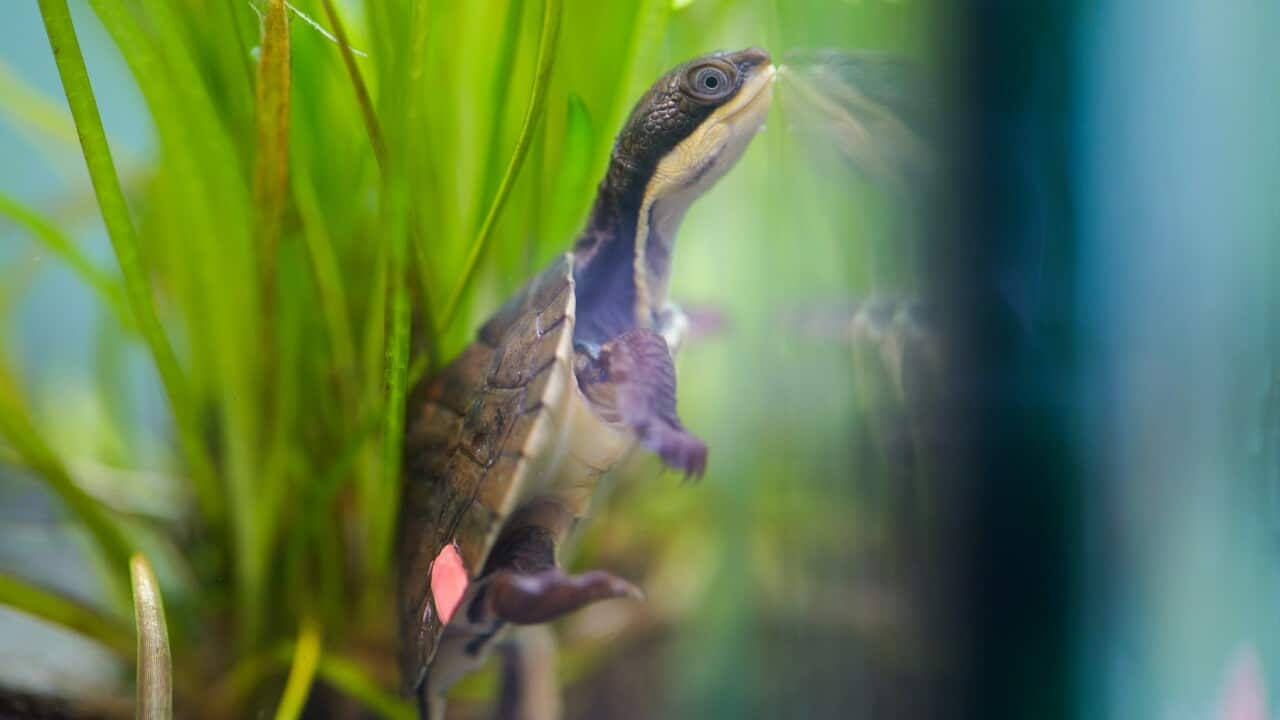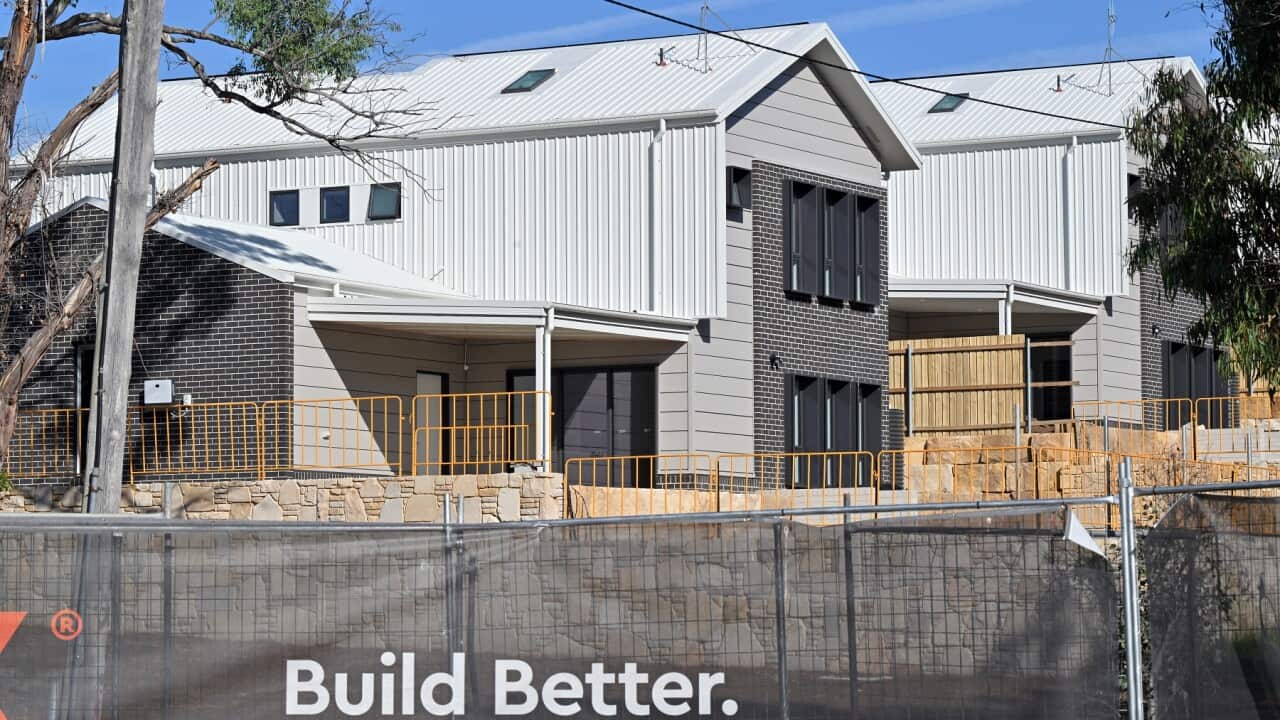Italian
Il soldato Walter Joseph Parker era un giovane uomo ucciso nella Guerra Boera, che si è estesa dal 1899 al 1902.
Questo fatto lo rende il primo uomo indigeno a morire al servizio di una nazione che non lo riconosceva neanche come cittadino.
Michael Bell, un’uomo Ngunnawal e Gomeroi, è il responsabile delle relazioni indigene dell’Australian War Memorial.
“In combination with the family doing some of their own research, we've been provided the name of Walter Parker, and we've now confirmed that he is of Aboriginal descent, he's a Noongar man.”
L’identificazione di Walter Parker, un uomo Noongar dal Western Australia, rivela che la storia del servizio degli Indigeni si estende a ben prima della Prima Guerra Mondiale.
Matthew Grice ha cercato di trovare la sua bis-bisnonna, nata in un orfanotrofio in Western Australia.
Grazie a quella ricerca, ha localizzato il suo fratellastro Walter Parker.
Dopo aver appreso che era morto in guerra, Grice ha inviato la sua ricerca all’Australian War Memorial, che ha confermato l’importanza della scoperta.
“Yeah it was goose bumps really. It was a great feeling that all this work had come to something and yeah, I felt very relieved and happy, proud really that I was related to this soldier. Yeah, it was a great feeling.”
Non sono mai state ritrovate fotografie del soldato Parker.
Michael Bell ha detto che Parker è partito dal porto di Fremantle verso la città sudafricana di Durban nel 1901, al secondo tentativo di arruolamento.
“They were so oversubscribed that only the best of the best were taken. So in that first run, we believe that Walter Parker may not have made the cut for whatever reason, but in that second attempt he gets accepted.”
Sembra che il soldato Parker abbia fatto parte di un gruppo di soli dieci soldati delle Prime Nazioni sui campi di battaglia del Sudafrica.
È stato l’unico a non tornare, morendo di tifo a soli ventisette anni.
Il dottor Thomas Rogers è uno storico all’Australian War Memorial, e ha detto che molti soldati indigeni si sono arruolati a cavallo dei due secoli.
“When we look at the First World War and other later wars in Australian history, we find that Aboriginal and Torres Strait Islander men joined up in large numbers, sometimes even more than the proportion of Aboriginal and Torres Strait Islander men in the community. So we haven't reached that mark for the Boer War yet and I suspect that in a few decades' time, we might have a much larger number of men with Indigenous ancestry.”
La deposizione di una corona floreale in onore del soldato Parker è stata una pietra miliare nel riconoscimento del contributo dei soldati delle Prime Nazioni anche prima della Federazione.
Ma ci sono richieste per il War Memorial di riconoscere anche le Guerre di Frontiera, estendendo l’arco di tempo fino alla colonizzazione australiana.
Secondo la dottoressa Sue Wareham della Medical Association for Prevention of War, il fatto che non ci sia una sezione dedicate alle Guerre di Frontiera è una omissione importante che deve essere rettificata.
“Call them for what they are. They were wars. They were the only wars fought on Australian soil, and they need dedicated galleries at the Australian War Memorial.”
Ma Michael Bell del War Memorial ha detto che resta aperto a cambiamenti.
“I think as an institution we are on our learning journey. We need to move forward in sharing that with our communities. Understanding the impact of colonisation and what happened to our people is important and I think as we as a country move forward into acknowledging the Statement of the Heart, we will progress with that journey with the rest of the nation.”
English
Private Walter Joseph Parker was a young man killed in the South African war, spanning from 1899 to 1902.
It makes him the first Indigenous man to die in service of a country that didn't even recognise him as a citizen.
Ngunnawal and Gomeroi man Michael Bell is the Indigenous Liaison Officer from the Australian War Memorial.
“In combination with the family doing some of their own research, we've been provided the name of Walter Parker, and we've now confirmed that he is of Aboriginal descent, he's a Noongar man.”
Identifying Walter Parker, a Noongar man from Western Australia, means the history of Indigenous service spans back well before World War One.
Matthew Grice had been trying to find his great-great-grandmother, born in an orphanage in Western Australia.
Through that research, he located Walter Parker, her half-brother.
Upon learning he died at war, Mr Grice sent his research to the Australian War Memorial, which confirmed the significance of the findings.
“Yeah it was goose bumps really. It was a great feeling that all this work had come to something and yeah, I felt very relieved and happy, proud really that I was related to this soldier. Yeah, it was a great feeling.”
No photographs of Private Parker have ever been found.
Michael Bell says he left the port of Fremantle for the South African city of Durban in 1901, after two attempts at enlisting.
“They were so oversubscribed that only the best of the best were taken. So in that first run, we believe that Walter Parker may not have made the cut for whatever reason, but in that second attempt he gets accepted.”
Private Parker is understood to have been part of a group of just ten First Nations soldiers on the battlefields of South Africa.
He was the only one not to return, dying of typhoid at the age of just 27.
Dr Thomas Rogers is an historian at the Australian War Memorial, and he says many Indigenous soldiers enlisted to serve at the turn of the century.
“When we look at the First World War and other later wars in Australian history, we find that Aboriginal and Torres Strait Islander men joined up in large numbers, sometimes even more than the proportion of Aboriginal and Torres Strait Islander men in the community. So we haven't reached that mark for the Boer War yet and I suspect that in a few decades' time, we might have a much larger number of men with Indigenous ancestry.”
The wreath-laying in honour of Private Parker was an important milestone in recognising the contributions of First Nations soldiers even before Federation.
But there are calls for the War Memorial to acknowledge the Frontier Wars, spanning back to Australia's colonisation.
Doctor Sue Wareham from the Medical Association for Prevention of War, says the fact there is no dedicated section for the Frontier Wars is a significant omission that needs to be rectified.
“Call them for what they are. They were wars. They were the only wars fought on Australian soil, and they need dedicated galleries at the Australian War Memorial.”
But Michael Bell from the War Memorial says he's remaining open-minded.
“I think as an institution we are on our learning journey. We need to move forward in sharing that with our communities. Understanding the impact of colonisation and what happened to our people is important and I think as we as a country move forward into acknowledging the Statement of the Heart, we will progress with that journey with the rest of the nation.”
Report by Tys Occhiuzzi




